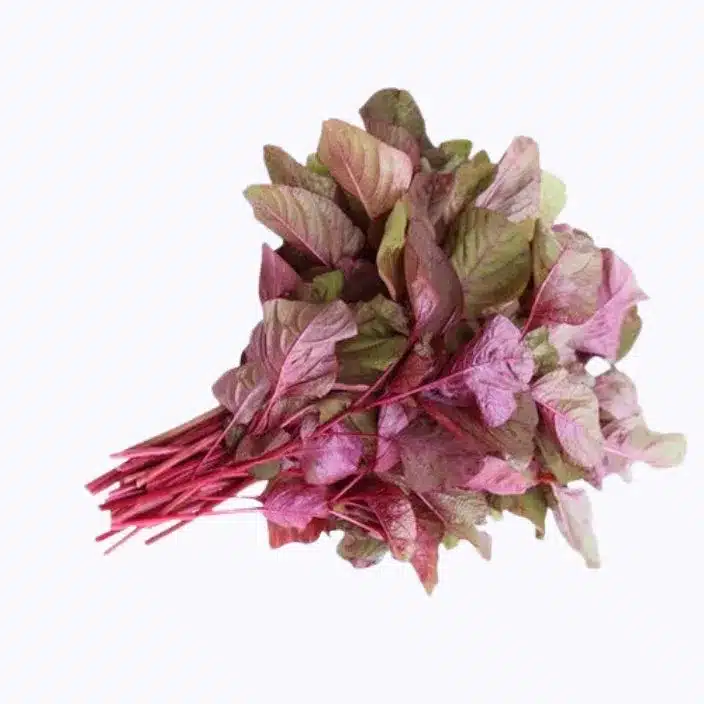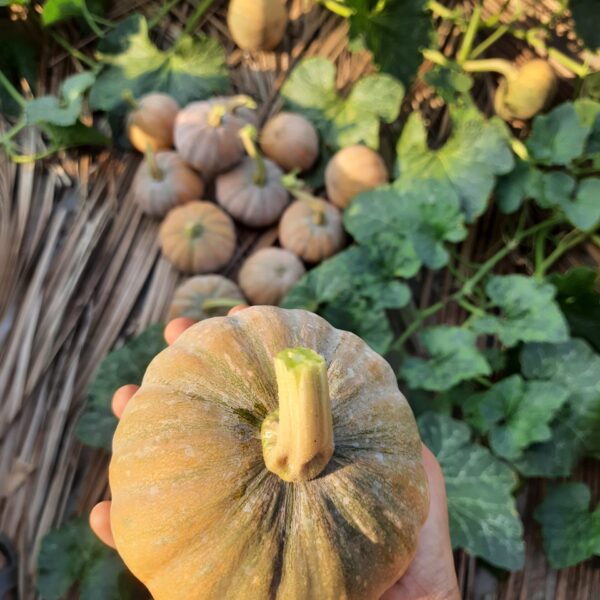Red Thandukeerai Foxtail Amaranthus Seeds
Red Thandukeerai Foxtail Amaranthus Seeds
Quantity: 10 grams
Red Amaranthus is a powerhouse of nutrients and antioxidants. It is low in calories and high in fibre. It boosts immunity and has anti aging properties. Including these humble green once in a week or once in 15 days is beneficial for our well being.
Red Thandukeerai Foxtail Amaranthus Seeds
17 in stock
Red Thandukeerai Foxtail Amaranthus Seeds
Red Foxtail Amaranthus (Amaranthus cruentus), also known as Red Amaranth or Lal Keerai in India, is a highly nutritious leafy green that thrives in warm climates. It is known for its vibrant red stems and leaves, making it an attractive and health-boosting addition to your garden. Growing Red Foxtail Amaranthus organically from seeds is relatively easy, and it can be grown in both gardens and containers. Here’s a step-by-step guide:
1. Choosing the Right Location
- Climate: Red Foxtail Amaranth is a warm-season crop that thrives in temperatures between 70°F to 85°F (21°C to 29°C). It grows well in tropical and subtropical regions, but it can also be grown in temperate areas with a long growing season.
- Sunlight: This plant requires full sunlight for at least 6 hours per day to grow optimally. It can tolerate a little shade but will produce better leaves and stems with more sunlight.
- Space: Red Foxtail Amaranthus is a tall, branching plant, so ensure it has enough space to spread and grow vertically. It can be grown in the ground, in raised beds, or in containers.
2. Soil Preparation
- Soil Type: Amaranth thrives in well-draining, fertile soil. It grows best in loamy or sandy loam soils, which allow good water retention and root development.
- pH Level: The ideal pH for amaranth is slightly acidic to neutral (pH 6.0 to 7.5). You can test and adjust your soil’s pH if needed using organic soil amendments like lime (to raise pH) or sulfur (to lower pH).
- Soil Amendment: Mix in compost or well-rotted organic manure to improve soil fertility. This adds important nutrients and improves soil texture.
- Soil Drainage: Make sure the soil drains well to avoid waterlogging, which can cause root rot.
3. Sowing Red Foxtail Amaranthus Seeds
- Direct Sowing: Amaranth is typically grown from direct seed sowing. You can either sow seeds directly into the garden or start them in containers.
- Sow Time: Plant Red Thandukeerai Foxtail Amaranthus Seeds once the danger of frost has passed, and the soil has warmed up to at least 60°F (15°C).
- Seed Depth: Sow the Red Thandukeerai Foxtail Amaranthus Seeds about 1/4 inch (0.6 cm) deep. Red Foxtail Amaranth seeds are small, so be careful not to bury them too deep.
- Spacing: Space Red Thandukeerai Foxtail Amaranthus Seeds about 6-8 inches apart if sowing in rows. If you’re growing them in containers, space them 1-2 inches apart for smaller batches or plant them more densely if you plan to thin them later.
4. Germination and Care
- Germination Time: Red Foxtail Amaranth typically germinates within 7-14 days, depending on temperature and moisture levels. Warm soil (around 70°F to 75°F) is ideal for germination.
- Watering: Keep the soil moist but not waterlogged during the germination period. After the seeds have sprouted, reduce watering frequency but ensure the plants do not dry out completely. Water the plants deeply when needed, especially during dry spells.
- Temperature: For best results, maintain the temperature between 70°F to 85°F (21°C to 29°C). Amaranth is sensitive to frost, so plant it after the last frost date in your area.
5. Thinning the Plants
- Thinning: Once the seedlings have grown large enough to handle (about 2-3 inches tall), thin them out to allow for proper airflow and space for growth.
- Space the plants about 12-18 inches apart to give them room to spread and grow tall.
- You can harvest the thinned seedlings for use in salads or stir-fries, as young amaranth leaves are tender and flavorful.
6. Fertilizing Organically
- Compost: Before planting, amend the soil with compost or organic matter to provide the necessary nutrients for strong growth.
- Organic Fertilizers: Once the plants are established, you can feed them every 2-3 weeks with an organic liquid fertilizer like fish emulsion, seaweed extract, or compost tea. This will encourage leafy growth and improve overall plant health.
- Nitrogen-Rich Fertilizers: Amaranth benefits from nitrogen-rich fertilizers to promote healthy leaf growth. You can use worm castings or other nitrogen-rich organic amendments.
7. Supporting the Plants
- Support: Red Foxtail Amaranth can grow quite tall (3-6 feet), so it may need support to keep the plants from falling over. You can provide stakes or a trellis for the plants to climb if growing them vertically.
- Pruning: Prune the plants to encourage bushier growth and prevent them from becoming too leggy. Trim the tips of the branches or cut back any overgrown stems to keep the plant compact and encourage more leaf production.
8. Pest and Disease Management
- Pests: Amaranth is generally pest-resistant, but it may face occasional infestations from pests like aphids, caterpillars, and leafhoppers.
- Use neem oil, insecticidal soap, or a garlic-chili spray to control aphids and caterpillars.
- Diatomaceous earth can be sprinkled around the plants to deter slugs and snails.
- Diseases: Red Foxtail Amaranth can sometimes be susceptible to fungal diseases like powdery mildew or downy mildew.
- To prevent mildew, ensure good air circulation around the plants and avoid overhead watering.
- If mildew appears, treat the plant with organic fungicides like neem oil or a baking soda solution.
9. Harvesting Red Foxtail Amaranthus
- Leaf Harvest: Red Foxtail Amaranth can be harvested for its tender leaves once the plant is about 6-8 inches tall. You can start picking leaves when they are young and tender for use in cooking, salads, and soups. Harvest leaves from the outside to allow the inner leaves to continue growing.
- Seed Harvest: If you want to collect seeds, wait until the plant matures. The flowers will form in clusters, and the seeds will mature after the plant flowers and the seed heads turn brown. Once the seed heads are dry, cut them and allow them to dry further before separating the seeds from the husks.
- Regular Harvesting: For a continuous harvest, regularly cut the outer leaves and allow the plant to grow back.
10. Storing Red Foxtail Amaranthus
- Fresh Leaves: Use the fresh leaves immediately or store them in the refrigerator for up to 3-4 days. Wrap the leaves in a damp paper towel and place them in a sealed plastic bag to maintain freshness.
- Freezing: If you have a large harvest, blanch the leaves in boiling water for 1-2 minutes, then cool them quickly in ice water. Store the blanched leaves in freezer bags for up to 3-4 months.
- Seeds: Store dried seeds in an airtight container in a cool, dry place. Seeds can be stored for several months.
Conclusion
Growing Red Foxtail Amaranthus organically from Red Thandukeerai Foxtail Amaranthus Seeds is an easy and rewarding process. By providing the right soil, sunlight, and water, you can enjoy abundant, nutritious leaves throughout the growing season. This plant is not only healthy but also adds a colorful touch to your garden with its red stems and leaves. Whether you’re using it for fresh greens or saving seeds for future crops, Red Foxtail Amaranth is a great addition to any organic garden.
Red Thandukeerai Foxtail Amaranthus Seeds
| Weight | 20 g |
|---|







Reviews
There are no reviews yet.